The real estate market in Dubai is witnessing a significant surge in demand for off-plan properties, driven by a combination of attractive payment plans and a shortage of affordable ready-to-move-in inventory. Both residents and investors are increasingly opting for off-plan units, benefiting from the lower prices and higher returns compared to other major global cities.
Developers are enticing buyers with extended payment plans, offering up to eight years post-handover. Despite this, banks currently only finance ready properties. Zhann Jochinke, Director of Market Intelligence and Research at Cavendish Maxwell, notes that “Investor activity is being heavily skewed towards off-plan projects, while residents are largely split between the off-plan and ready property segments, with many opting for an off-plan project due to a lack of affordable inventory for sale. This is coupled with a white-hot rental market that has seen rental prices more than double in some communities post-pandemic.”
In May alone, 10,598 off-plan Oqood transactions were recorded, marking a 47.1% increase from the previous month. Title deed sale volumes also saw a 48.6% increase, highlighting the strong demand for these properties. This surge is partly attributed to the launch of several new mega projects worth billions of dirhams in 2023 and 2024, such as Emaar Properties’ Dh128 billion projects, Azizi Developments’ Dh30 billion Venice project, and Nakheel’s multi-billion Palm Jebel Ali.
Property Monitor, part of Cavendish Maxwell, reported that new off-plan development project launches have reached record highs, with over 15,500 off-plan units added to the market, boasting a combined gross sales value of Dh41.4 billion. The strong demand and launch of new projects span across apartments, villas, and townhouses.
Betterhomes data reveals a remarkable 209% increase in off-plan villa transactions in May 2024 compared to the previous month. Sijo Jose, Off-Plan Manager at Betterhomes, stated, “Post Covid-19, people became more interested in larger spaces rather than apartments, leading to a high demand for villas. The surge seen last month was due to the launch of new master communities by Aldar, Damac, and Emaar, which boosted sales. Additionally, with rising rents, people are preferring to buy instead of renting.”
The top areas leading the surge in villa transactions include Haven, Tilal Al Ghaf, Dubai South, Reportage Village, and MBR City. The increase in villa transactions and values demonstrates a growing preference for spacious and luxurious living spaces. Concurrently, the rise in apartment transactions indicates a healthy demand for urban living, catering to a diverse range of buyers.
Developers are responding to this surge by launching new projects, offering a wide variety of options for investors and homeowners alike. As the market continues its upward trajectory, it provides lucrative opportunities for both buyers and developers. The robust growth in Dubai’s real estate sector underscores its resilience and appeal in the post-pandemic world.





